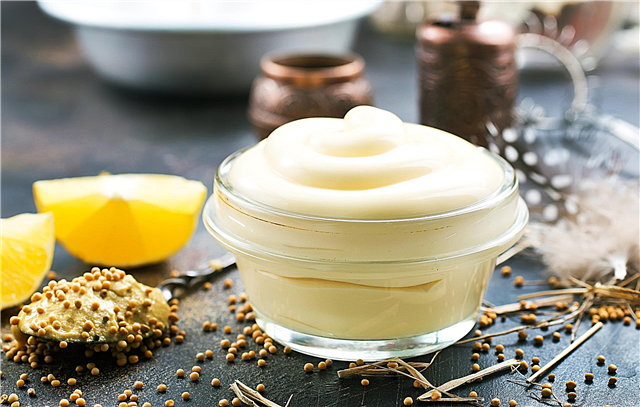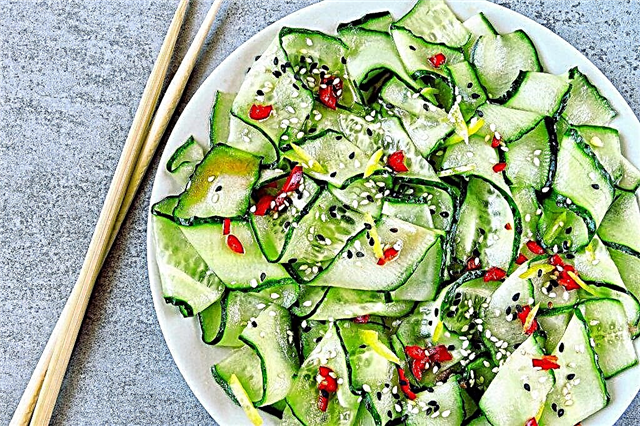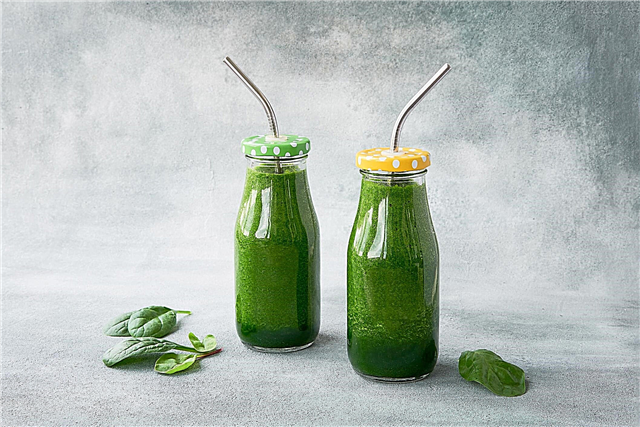Chlorophyll is found in most green vegetables, and some people take it as a nutritional supplement. The benefits of chlorophyll for the human body include improving health, increasing energy and fighting certain diseases. Why and how to take chlorophyll correctly - read on.
Content:
- What is Chlorophyll?
- Useful properties of chlorophyll
- Rejuvenating agent
- Acne treatment
- Benefits for blood
- Deodorant properties
- Healing wounds
- Cancer treatment
- Useful properties that require additional research
- Chlorophyll-rich foods
- Chlorophyll Supplement
What is Chlorophyll?
Chlorophyll is the pigment that gives plants their green color. Plants use chlorophyll along with sunlight to make their own nutrients.
One way to add chlorophyll to your diet is to eat green vegetables like alfalfa and spinach. Wheat sprouts are especially rich in this pigment.
Taking appropriate chlorophyll supplements is another popular way to supplement the diet with this pigment. Chlorophyll nutritional supplement is available in the form of drops, tablets, or capsules. Most of them contain chlorophyllin. Chlorophyllin is a water-soluble derivative of natural chlorophyll that is better absorbed by the body than other forms.
Chlorophyllin supplements may include “sodium copper chlorophyllin” or “copper chlorophyllin complex” in the ingredients.
The benefits of chlorophyll for the human body
People have been using chlorophyll as a supplement for many years. It can be useful for treating skin conditions, eliminating unpleasant body odors, and fighting certain types of cancer.
Chlorophyll is safe for people, so everyone can try to evaluate its benefits without fear. But if you suffer from any medical conditions or are taking medications, consult your doctor.
Rejuvenating agent
Topical application of chlorophyll can work as an anti-aging agent. Applying a gel containing chlorophyllin to the skin reduces the signs of photoaging of the skin resulting from sun exposure. The study, which lasted 12 days, examined skin samples from four healthy women.
The results showed that the skin treated with chlorophyllin looked better compared to that treated with tretinoin, which is a common ingredient in skin creams, and prevented aging. The study authors suggest that using a combination of chlorophyllin and tretinoin could be an effective treatment for skin rejuvenation.
Chlorophyll acne treatment
Topical application of chlorophyll can be used to treat acne.
One study found chlorophyllin in acne can help reduce blackheads on the face and large, visible pores. 10 people who took part in the study used chlorophyllin gel for 3 weeks, after which the skin condition improved significantly, rashes became rare and minor.
In another study, researchers compared the use of a combination of chlorophyll and phototherapy with phototherapy alone for treating acne. People who underwent combination treatment with chlorophyllin achieved better results, the number of rashes and acne in them decreased. It is worth noting that all 24 participants were of Asian descent with dark skin, so the results may not be relevant for everyone.
Benefits of chlorophyll for blood
Chlorophyll is chemically similar to hemoglobin, a protein that is essential in red blood cells as it carries oxygen inside the human body.
There is speculation that wheatgrass juice, which is rich in chlorophyll, may be helpful in treating hemoglobin deficiency disorders such as anemia and thalassemia.
Deodorant properties of chlorophyll

For many years, chlorophyll has been studied for its use as a deodorant.
A study published in 1960 showed that chlorophyll can reduce unpleasant odors in people with colostomy. Later it was found that chlorophyll is ineffective in this matter.
Today, some deodorants and mouthwashes contain chlorophyll. Some people also take chlorophyll tablets to reduce body odors. Chlorophyll is also called a natural internal deodorant.
Wound healing properties
The 1940s and 1950s explored the use of chlorophyll as a wound healing agent. Some research suggests that chlorophyll can help heal surgical wounds and prevent infection.
More recently, it has been suggested that a drug containing chlorophyllin promotes wound healing and reduces odors. Some doctors today prescribe these drugs.
Chlorophyll cancer treatment
A number of animal tests have demonstrated the potential of chlorophyll as a cure for several types of cancers:
- In 2005, a study was conducted that showed that natural chlorophyll reduced the risk of colon cancer in rats. Their diet was high in red meat and low in green vegetables, which has been linked to an increased risk of colon cancer. However, the authors did not find the same results in the group of animals consuming a lot of chlorophyllin.
- In 2016, chlorophyllin was found to help slow the progression of lung cancer in mice. The researchers injected chlorophyllin into mice in microscopic capsules known as nanocapsules.
Useful properties of chlorophyll that require additional research
Although chlorophyll has beneficial effects on the body and human health, there is not enough scientific research to support this. Previous studies are not complete and require more detailed study.
The effects of chlorophyll on the body and help in solving the following health problems have not been fully studied:
- hormonal balance
- arthritis and fibromyalgia treatment
- weight loss
- increased energy
Chlorophyll-rich foods
Most natural green vegetables contain chlorophyll. The following are foods that are particularly rich in chlorophyll:
- cabbage
- salad
- spirulina
- alfalfa
- parsley
- broccoli
- green cabbage
- asparagus
- green beans and peas
- green tea
Besides chlorophyll, these vegetables also contain many beneficial vitamins and minerals.
Chlorophyll as a dietary supplement

Chlorophyll supplements vary greatly in dosage and composition. Some nutritional supplements come in drops that a person can add to water or other drink. Others come in capsule form.
Chlorophyll supplements usually contain instructions for their use. If not, ask your doctor or dietitian for advice before taking.
Most liquid chlorophyll supplements are recommended to be taken 1 teaspoon (5 ml) with other drinks. If the taste is unpleasant to you, try starting with a smaller amount and gradually increasing your dosage.
Chlorophyll capsules have been used in studies in doses ranging from 100 to 300 mg up to three times a day.
Chlorophyll supplements are generally safe to use with no serious side effects. However, pregnant and breastfeeding women should talk to their doctor before taking a chlorophyll supplement.
For some people, chlorophyll supplements can cause stomach upset or skin irritation. If you experience any symptoms, you should stop taking the supplement and see your doctor.
Outcomes
Chlorophyll may have positive effects on the human body, but evidence for most of the effects is insufficient and more research is needed.
Some people may find that incorporating large amounts of chlorophyll in their diet or taking chlorophyll supplements helps them feel better or helps them fight chronic diseases such as anemia.
Always discuss taking supplements, including chlorophyll supplements, with your doctor before taking them.











